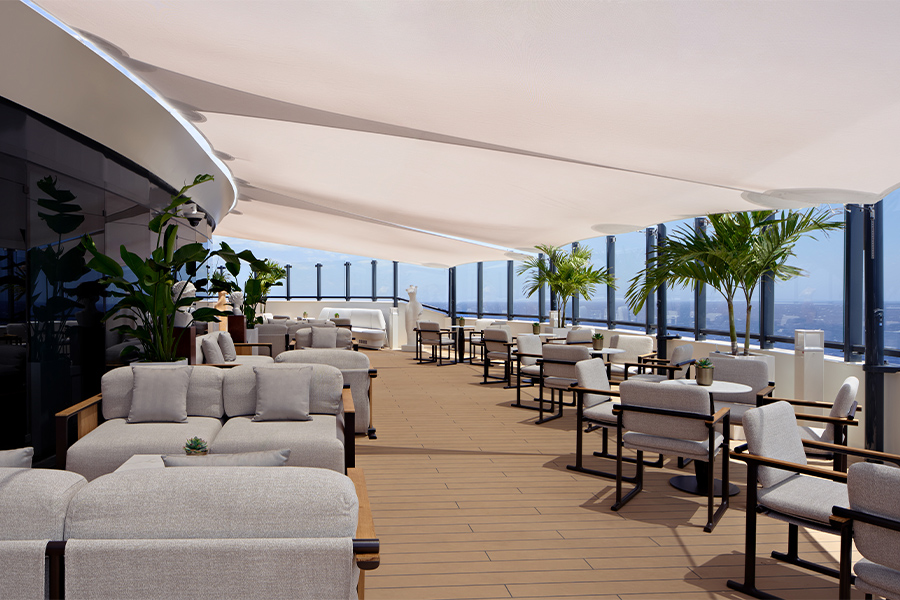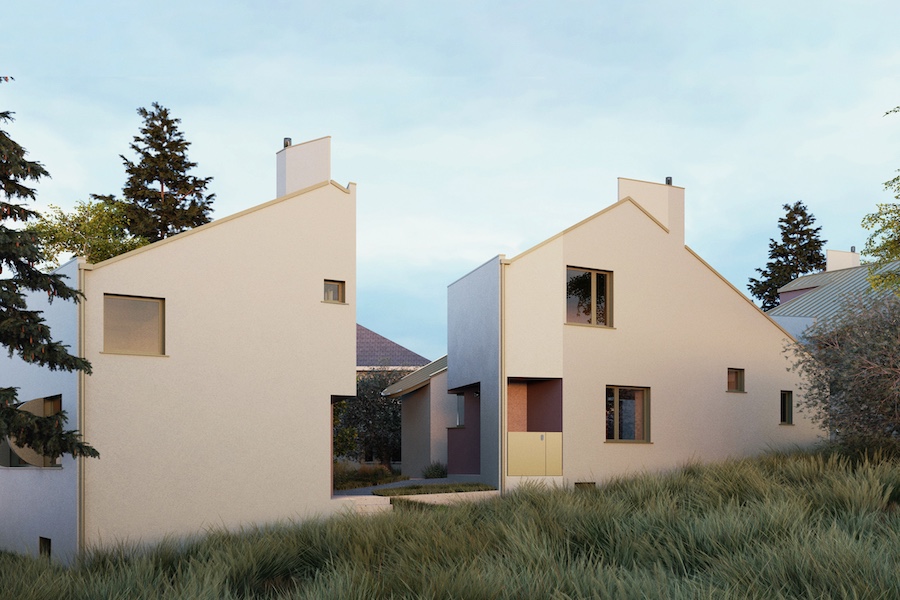New York City hotels reach a breaking point, SOM’s modular classrooms respond to the coronavirus pandemic, and three hospitality brands embrace contactless solutions. All this and more in this week’s Five on Friday.
Snøhetta to design Theodore Roosevelt Presidential Library

Snøhetta won a unanimous vote to design the Theodore Roosevelt Presidential Library, which will be built in the northeast part of North Dakota’s Badlands. Per Arch Daily, the 15th presidential library’s concept is inspired by Roosevelt’s personal reflections on the landscape and his commitment to environmental stewardship. Snøhetta’s team will use locally sourced and renewable materials to help immerse the structure in its natural surroundings.
New York’s Metropolitan Opera cancels 2020–2021 season

In a setback for the live theater world, the world-renowned Metropolitan Opera in New York has cancelled the entire 2020-2021 season, reports CNN. The Met, the largest performing arts organization in the world, has been closed since mid-March and has furloughed its orchestra, chorus, and trade employees. It does not bode well for Broadway, for instance, which closed its theaters until January 2021. But even a spring opening date feels less likely, writes Vulture. The Met, meanwhile, is set to reopen September 27th, 2021 with Fire Shut Up in My Bones, the first in the venue’s history by a Black composer. The venue’s Free Nightly Opera Streams that started at the onset of COVID-19 will continue until next fall.
SOM debuts modular classroom solution for the pandemic

Designed to address the coronavirus pandemic and improve upon the current need for temporary classroom space, U.S. architecture studio SOM created School/House, modular, pop-up classrooms with ample ventilation and high ceilings. Dezeen writes that the configurations can house 25 students, all six feet apart from each other. The raised floor would contain power sockets and ventilation to remove air around each desk, while the higher ceilings enhance air circulation. “If we’ve learned anything from this pandemic, it’s that all schools need more space now,” SOM’s associate director Jon Cicconi told Dezeen. “Our hope is to make returning to school easier for teachers, offering a safe option for hybrid in-person and at-home learning for students everywhere.”
New York City hotels are approaching a breaking point

Six months after the city’s hotels temporarily shut their doors, several of them face permanent closure as the pandemic persists, reports The New York Times. So far, Omni Berkshire Place in Midtown, the Hilton Times Square, and two Courtyard by Marriott hotels in Manhattan have announced that they are shuttering for good. The biggest source of hotels guests this summer came from healthcare workers and homeless people, which was reflected in occupancy numbers for the summer. The city’s hotels hovered around 40 percent, down from more than 80 percent a year prior, according to STR. Additionally, it is estimated that more than 25,000 hotel employees have been out of work since COVID-19 hit in March.
Hospitality brands seek out contactless solutions

Three hospitality brands have invested in contactless solutions as a means to navigate our COVID-19 era. For example, Sonder offers keyless check-in, digital 24/7 concierge, and dedicated elevators in their properties, while Bode offers two- to four-bedroom units with kitchens, private patios, and small yards for close groups that want to travel together at the Irvine, California property. Bunkhouse Group, known for revitalizing languishing motel properties, has found that its exterior corridors and vast outdoor space has been an added benefit in these times. With regional roadtrips as the preferred mode of travel right now, “the classic motor court style pairs perfectly with travelers looking for a low contact but still memorable experience,” says the hospitality group’s design director Tenaya Hills. Read more at Hospitality Design.



